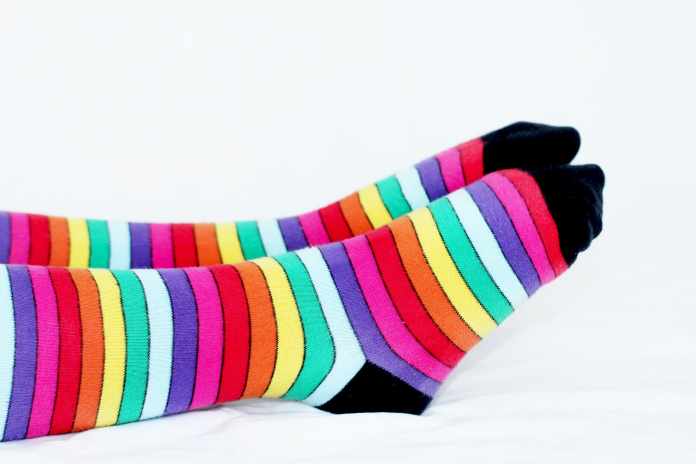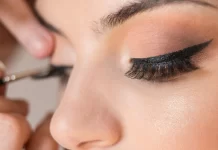Table of Contents
There Are Different Types of Compression Socks for Your Body
There are several kinds of compression Socks for Your Body that are made for different kinds of ailments or health concerns. Finding the best compression socks is easy if you realize they aren’t always the same. This article will tell you about the best compression socks for your body.
Different Kinds of Compression For Different Problems
Many people suffer from the kinds of problems that will benefit from compression stockings. Varicose veins, acute or chronic swelling to the lower legs, deep vein thrombosis, phlebitis, and any other kind of venous insufficiency is helped by slight pressure on the lower extremities, where (because it usually hangs lower than the rest of the body) blood tend to pool and swelling can easily form for many reasons.
The first compression stockings were knee-high. They were effective but were slightly difficult to put on, and since they resembled women’s nylon stockings, they sometimes caused non-compliance. It was discovered that a knee-high version was within 2% as effective as a thigh-high version, and a knee-high style increased compliance – so therefore many people choose this option.
It is very important to have the correct stocking or Socks for Your Body that isn’t too tight to prevent any kind of problems in arterial (blood) flow, especially if you have neuropathy or decreased sensation to toes or feet. It’s advisable that most people get a doctor’s opinion, no matter what, when dealing with the new onset of swelling in the ankles or legs. There are many health problems that you should be checked for with swelling as a symptom.
Depending on the severity of your swelling or health problems, you might need prescription-strength socks or stockings. People with severe symptoms of swelling might need a pressure garment with pressure of 20-30 mmHg to 50+ mmHg. In this case, a doctor will have to prescribe your stockings or socks, and they will be fitted by a practitioner, who will give you patient teaching to ensure that you know what to do and what to look for if problems come up.
Over The Counter Types
Over-the-counter Socks for Your Body or stockings are available in the range of 10-15 or 15-20 mmHg. This is a wide therapeutic range for minor swelling, that is safer and less likely to cause problems in circulation or cause ulcers from wrinkles in the stocking or sock. This leaves many low priced options that can be purchased without extra costs.
Safety Issues
It’s very important to watch your skin carefully if no practitioner is helping you with your stockings or socks. Watch for new onset of tingling or numbness in the toes. Also, look for while/pale or bluish looking toes or feet when wearing the garments. If you have any pain involved in wearing stockings, that is a red flag as well.
If any of these problems come about, discontinue use until you can see a qualified doctor or practitioner to have you fitted for a product, if they think you should continue with compression garments. If your toes or feet feel unusually cool or cold to the touch, you need to take off any compression garment immediately and note any change in temperature after removing it. If any of the things listed in this paragraph happen, and improve or go away completely, you should not start wearing the socks or stockings again and get reevaluated and ask them if it is a good idea to get fitted by a practitioner for compression garments, given your own personal medical history and current life circumstances.
If you have any wrinkles in the fabric, that can allow skin breakdown. It is important to try to always have a smooth surface with no wrinkles when you apply these socks. If you notice a wrinkle, remove them and re-apply more carefully. Seek help if you have a hard time doing this yourself.
If you notice any skin breakdown at all or oozing from the skin or clear, semi-clear, or cloudy discharge – discontinue the use of compression garments and get seen by a practitioner asap. If you develop a break in the skin, discontinue the use of a pressure garment and get it checked by a practitioner ASAP. If you already have circulation issues, diabetes, or both – it is especially important to address any issues with open skin or sores as soon as you notice them.
You should remove the compression socks or stockings at least once a day, even if you have no issues at all to be concerned with. (Please re-read the information above if danger signs are unclear.) You should always examine the skin beneath the socks or stockings at least once a day to look for any changes or problems, and cleanse the skin of the lower legs and feet. It can’t be understated that if you have any problems or concerns at all, discontinue use until someone who is licensed to diagnose and care for medical problems, preferably a doctor or practitioner that knows your history, has told you it is ok to continue use, with caution.
Never Wear A Stocking or Sock That Is Far Too Tight
It is normal to feel some tightness when you first start wearing a compression sock. That said, there is such a thing as “too tight”, and everyone should be aware of that if they wear these kinds of garments. To learn more about the life-threatening issues that can occur with too-tight compression garments, please further study “Compartment Syndrome” online, and take note of the signs and symptoms of this medical emergency. Although this problem is not generally associated with compression socks, and more often with newly applied casts and broken or sprained limbs, it is unusual but possible that the combination of a swollen extremity and a much too tight compression garment can cause severe problems.
It is essential that a conscientious person learns these signs, so any kind of problems can be quickly noticed, and steps can be taken in a timely manner to make sure that no dangerous problems arise.



















